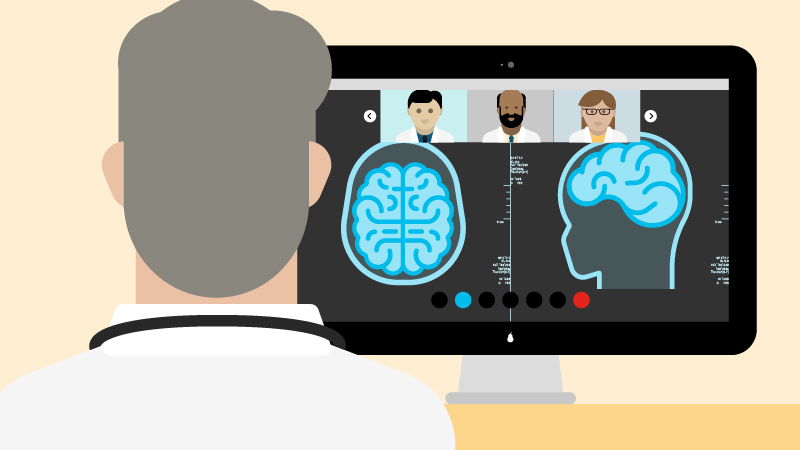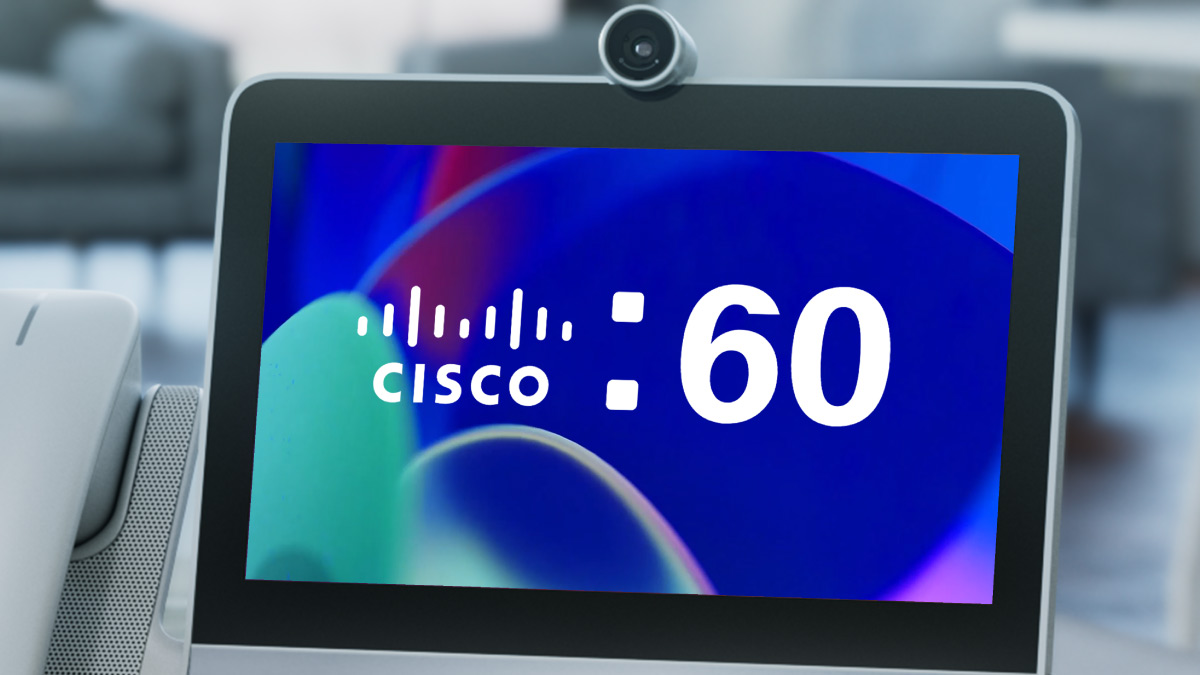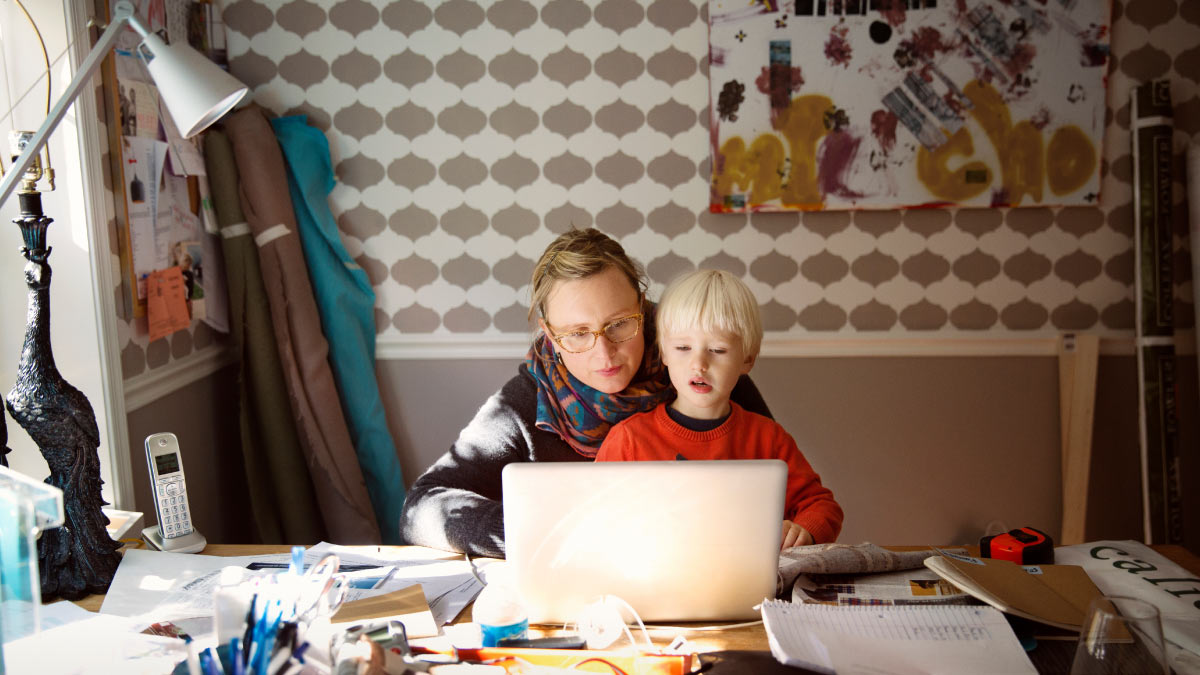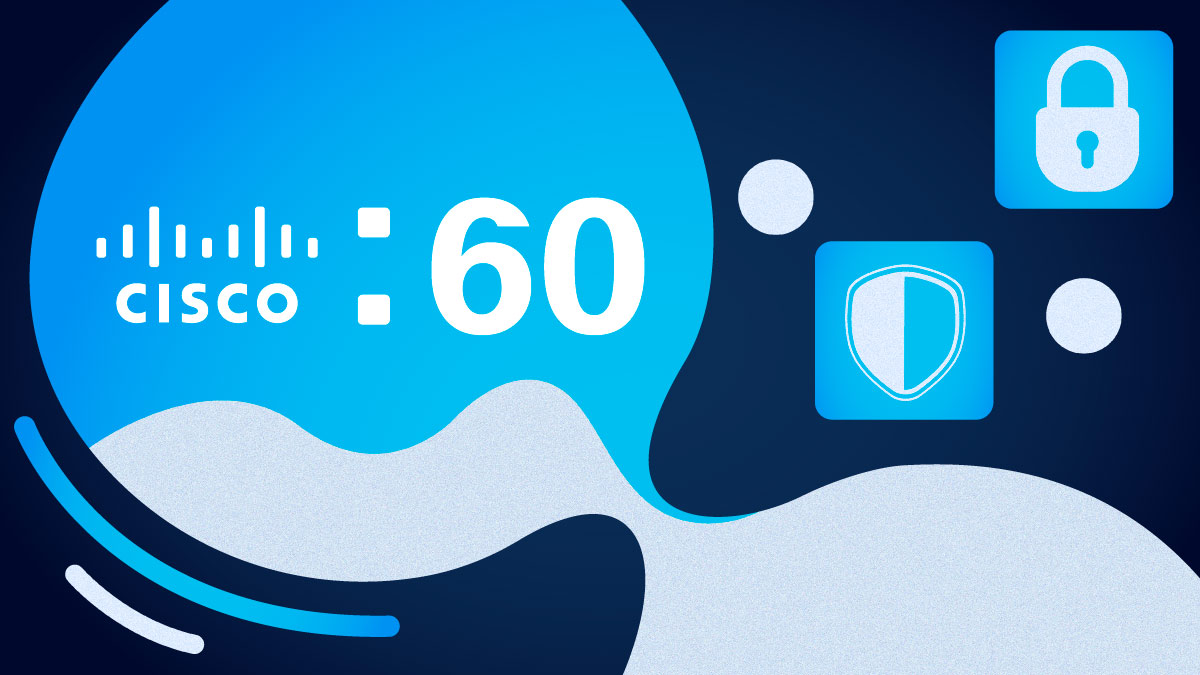Getting an appointment to see a doctor can be hard. It can be even more difficult in urgent situations, or in areas of crisis. But with Cisco technology like video conferencing, instant messaging, and more, our idea of what healthcare looks like could be changing.
The Fast Pace Urgent Care Clinic in Waynesboro, Tennessee started using Cisco solutions in 2017, implementing video conferencing, messaging, and call center technology to improve their communications and ultimately help patients. With the new technology, teams can forward outside questions to a central call center, freeing up workers inside the clinic who are looking after patients. Staffers can also connect with each other more quickly via instant message or video call.
This proved so successful in streamlining their work, that Fast Pace Urgent Care Clinics across Tennessee, Kentucky, Louisiana, and Mississippi now use the Cisco Unified Communications Manager and Unified Contact Center software in their locations.
Collaboration technology has the power to bring new experiences for patients as well. The critical care center at Cincinnati Children’s Hospital received a $2.7 million grant from Cisco, allowing the hospital to upgrade its technology for advanced services and care. Some of these services include using Cisco Webex to bring a virtual Santa into patient rooms, or provide the comfort of a bedtime story via the video tech.
Healthcare for those in need
Cisco is conscious of those who face barriers to healthcare—like the elderly, veterans, those with mobility issues, those living in senior homes, and rural residents. Collaboration technology could give these folks access to healthcare. The company is working with Boston-based American Well, a telehealth company, to bring an audio-visual care platform to televisions. mHealth Intelligence reports that TVs can be found in 97 percent of households. The challenge for Cisco and American Well is turning a one-way communication device like a TV into two-way. Implementing tough security requirements for the healthcare platform will also be crucial.
While this project is still in the works, Cisco collaboration technology is already up and running in rural locations like the Africa Mercy, the world’s largest charity hospital ship. This ship is based in Africa, and medical experts on the ship help perform operations for cleft lips and palates, cataracts and crossed eyes, reproductive illnesses, and more. With Cisco Wi-Fi and networking technologies that enable telemedicine, staff now receive expert advice and diagnoses faster than ever before. Simplified logistics also streamline the sourcing and delivery of donations and supplies.
A similar project is happening in Germany, where the medibus is traveling six days a week to provide healthcare to rural and underserved regions in the area. Cisco, Deutsche Bahn, Charite and SAVD worked together to transform Deutsche Bahn buses to include collaboration technology. Video tech also helps with translation services—750 translators who collectively speak 50 languages can be accessed in the medibus with the press of a button. Calls to specialists or different hospitals also help get patients the right care they need. Learn more about the medibus by clicking on the link here.
Cisco uses collaboration technology in each of these use cases to make healthcare more accessible for everyone. Bringing care to those in rural regions, to children in critical care, and to ships in Africa through new means of communication changes the way we view healthcare today. The company continues to work to improve patient care and communication inside and outside the hospital.
###
We welcome the re-use, republication, and distribution of "The Network" content. Please credit us with the following information: Used with the permission of http://thenetwork.cisco.com/.




